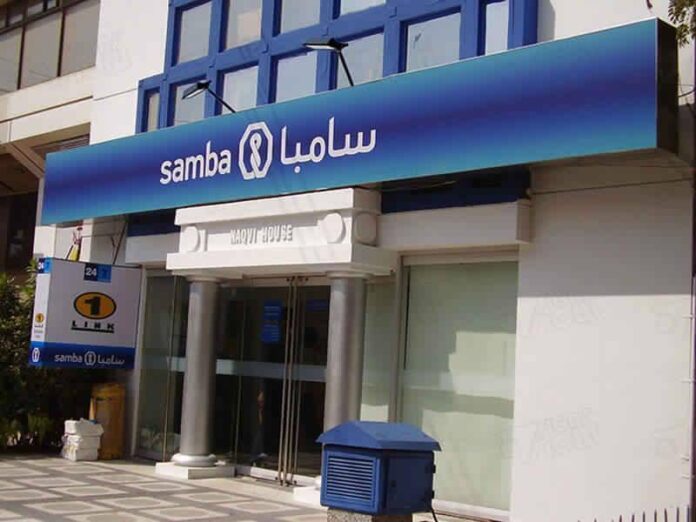Samba Bank Limited (PSX: SBL) has announced its financial results for the nine months ended September 30, 2025, reporting a profit after tax of Rs. 472.4 million. This represents a 38.4% decline from the Rs. 766.6 million profit recorded in the same period last year.
Earnings per share (EPS) for the period stood at Rs. 0.47, down from Rs. 0.76 in 9MFY24.
The decline in profitability was primarily driven by a substantial contraction in the bank’s core income. Total income fell by 18.4% to Rs. 5.72 billion, largely due to a 24.4% drop in net mark-up/interest income, which settled at Rs. 4.31 billion. Both interest earned and interest expensed saw significant reductions of over 26%.
Performance Highlights (Rs. in million)
-
Net Mark-up/Interest Income: 4,305 (9MFY24: 5,691) | -24.4%
-
Total Income: 5,718 (9MFY24: 7,008) | -18.4%
-
Profit Before Tax: 1,025 (9MFY24: 1,505) | -31.9%
-
Profit After Tax: 472 (9MFY24: 767) | -38.4%
-
Earnings Per Share (EPS): Rs. 0.47 (9MFY24: Rs. 0.76) | -38.2%
Partially offsetting the weak interest income was a 7.3% growth in non-mark-up income, which reached Rs. 1.41 billion. This was fueled by a 364% surge in gains on securities, which amounted to Rs. 546.6 million. However, this positive contribution was dampened by a 43.2% decline in foreign exchange income.
The bank demonstrated improved cost and risk management. Operating expenses were contained, showing a marginal decline of 0.9%. More significantly, credit loss allowances dropped by 48.8% to Rs. 789.1 million, indicating better asset quality and providing a cushion to the bottom line.
After accounting for a taxation expense of Rs. 552.7 million, the net profit for the period was Rs. 472.4 million. The results reflect a challenging period for the bank’s core lending operations, even as its trading and cost-control strategies helped mitigate the overall decline.




